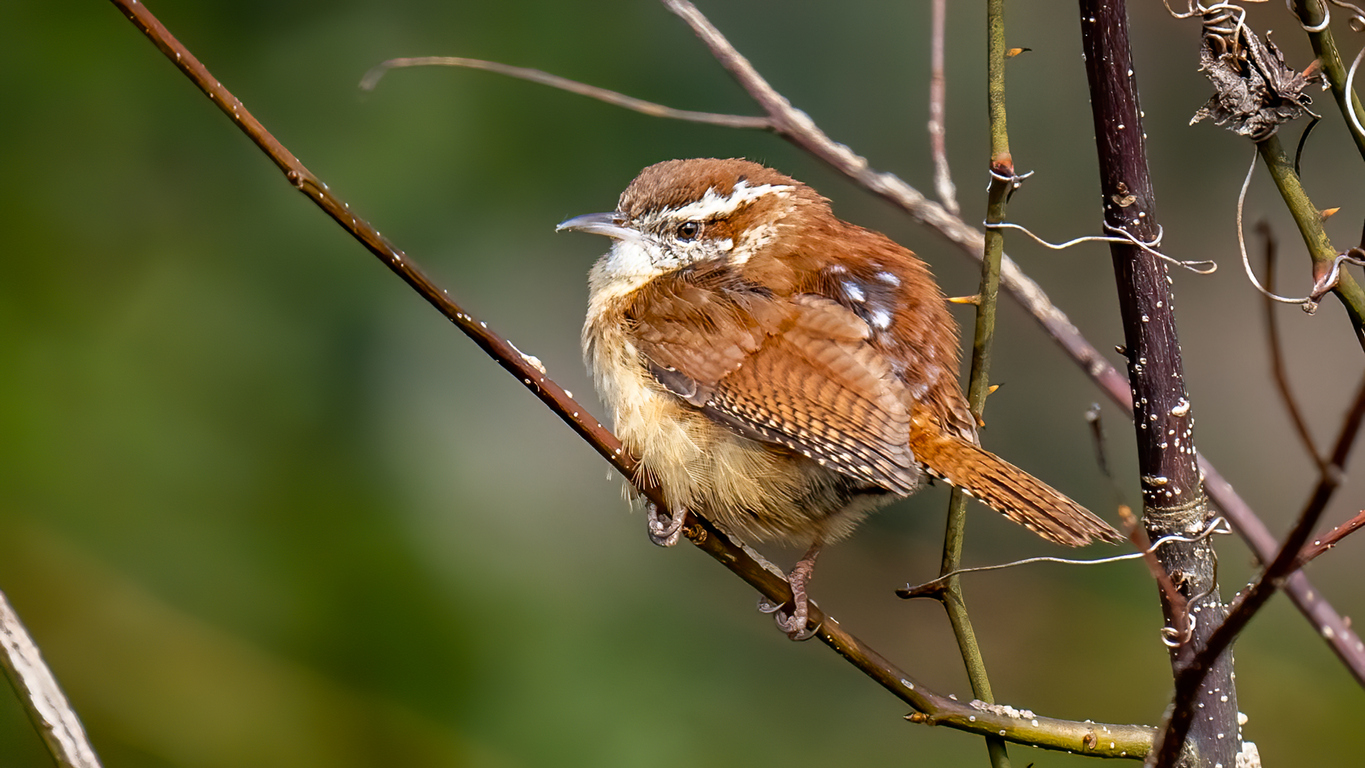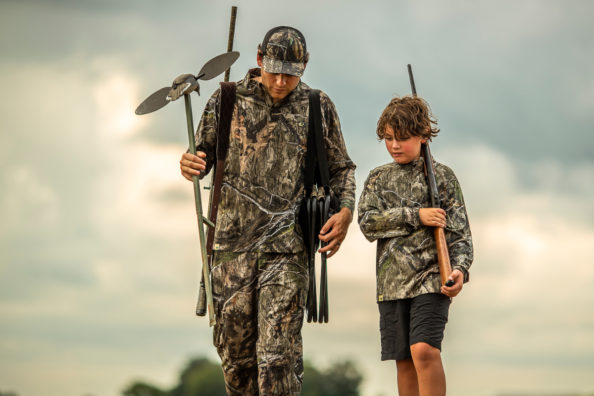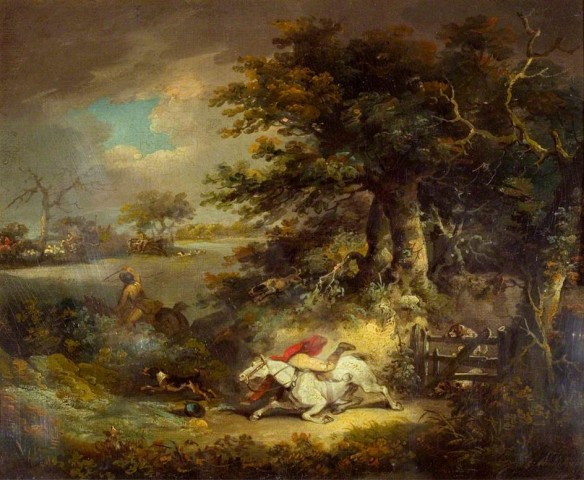
If you are interested in becoming a bow hunter, you should consider getting a bow hunter education. There are many options. In this article, we'll talk about the Courses, Requirements, and Fees. You may also be interested in the Online option. There are many benefits to both. You should always check with your state for any specific education requirements. Although this article will not replace a formal education in bowhunting, it will provide a foundational understanding of the process.
Courses
A hunter education course must be completed before a student can safely handle a bow. These courses cover the laws and seasons. These classes also cover proper shooting techniques, field care and shot placement. Students need to know how to read signs, follow blood trails, and be aware of hunting laws. Students who pass the courses are eligible for a license to hunt across most states. Junior hunters are encouraged to complete a hunter education class by the Department of Natural Resources before they go out on their own.
Depending on your location, you might be able to enroll in an online course at Bowhunter.ed.org for $30. The course requires students to complete the online portion as well as a 4-hour field day. The course must take place within two years. It must also be renewed at least once every three years. Once you pass the exam, you must present a hard copy of the course completion certificate to the DEC.

Fees
New York State requires residents to complete a mandatory bowhunter training course in order for them to become licensed bowhunters. The course costs $30. The course can be accessed online from the DEC website. It is currently available until August 31, 2020. The course will be the same as the in-person class. The course will teach students safe use of their bow and other hunting tools. They will also learn about ethics, conservation, and other topics.
These courses are offered in many areas. These courses can be found at many local archery shops. Students must have their own safety gear, including safety glasses and masks. While learning to hunt, they must keep a certain amount of social distancing. Students receive a certificate of completion once they have been registered. A course completion card is then a ticket to a field-day where students can show their skills. It is not necessary to become a licensed hunter for Massachusetts.
Requirements
A course in bow hunting is offered by the National Bowhunter Education Foundation (NBEF). The course will allow you to earn your card and keep it for the rest of your life. You can start the course online free of charge. There are also many field day sessions that are taught by certified instructors. When you finish the course, a card will be issued. A signed permission slip must be signed by a parent or guardian for anyone under 16.
This course is online and available to New York residents. You must be at minimum 11 years of age to complete the course. The course lasts six to eight hours and covers topics such as bow safety, hunting laws, wildlife conservation, and hunting ethics. A small survival kit is a great idea for when you go hunting. Once you've completed the course, you will be able to take the test and receive your bow hunter certification.

Online option
If you'd like to become a bow hunter, you can take a course that's convenient for you. Some states combine an online hunter education class with a hunter education class. Contact your state's hunting agency to sign up for the combination course. Before applying for your hunting license, you can take the course at an alternative location. Lectures, hands-on activities and a final exam are the main components of the course.
The online portion of the course must be completed, followed by the four-hour field days and passing the written exam. To receive your field-day certificate, you will need to submit a hard copy and a copy your certificate from NBEF. A valid ID is required to register for the class. Online courses have generally less requirements than in-person ones.
FAQ
How much does hunting cost?
Hunting trips can be expensive depending on where you live, what type of wildlife is being targeted, and how big the animal that you are hunting.
A two-person hunting party costs between $500 and $1,000 on average. This includes lodging, food and gas.
Some areas are more expensive than others. You will pay more if you hunt during peak season like fall turkey season.
Is hunting bears legal in Alaska?
Yes, hunting bears is legal in Alaska. To capture bears, some hunters use traps. Others use dogs to track down bears.
The Alaska Board of Game regulates bear hunting. Before going out in the woods, hunters need to have a bear tags.
Bear hunting is popular in some places like Denali National Park and Preserve. There are even special guided hunts where tourists pay big bucks to shoot a bear.
How many Americans are dependent on hunting?
Over 300 million hunters reside in the United States. That means there are nearly twice as many hunters as people living in New York City.
Hunting is an American pastime that dates back centuries. Today, Americans hunt for sport less than ever. According to U.S. According to the Fish & Wildlife Service, only 2 percent hunt regularly. This number is even lower for young adults.
Hunting may seem outdated, but it is still very popular with older generations. Recent research found that 68% of boomers plan on hunting again when they retire. Hunting is a way for them to connect with the natural world and enjoy the outdoors.
For younger generations, however, hunting isn't necessarily a priority. According to the National Shooting Sports Foundation only 18% of millennials consider themselves avid hunters.
FWS works hard to ensure that America's wild places are accessible to all.
In 2014, the agency started the "Wild Lands” initiative to raise awareness about the importance of public lands. Its goal is to raise awareness about the importance these areas have and to encourage people to go to them.
The Wild Lands program also encourages conservation efforts. FWS and National Rifle Association formed a partnership to create Project Gunter, a youth-oriented shooting sports program. The program teaches children how to safely use firearms and helps them improve their marksmanship and safety skills.
Project Gunter is expanding to include minorities and women. Project Gunter is now expanding to include women and minorities.
What does it cost to become an hunter?
Hunting costs vary depending on where you live.
In some areas, you may only need to pay a small membership fee to access public lands.
You may need permits and licenses from some states before you can hunt.
The price of hunting varies based on the type of firearm you use. A rifle typically costs more than an average shotgun.
A license can cost anywhere from $10 to $50. You might need to purchase additional tags depending on the amount of hunting days you have.
A permit is required to hunt certain species. The amount of money you need to buy depends on the size of the animal you intend to kill.
For wild turkey hunting, you'll need to purchase a $150 tag.
What are the benefits of hunting?
Many cultures have long practiced hunting. It was used for food and shelter as well as tools and medicine. Even though people hunt for sport today, they also do so for food and recreation. The meat from hunted animals is often eaten immediately after killing, while the skin, fur, feathers, bones, antlers, horns, teeth, hooves, and other parts may be sold as trophies.
Hunting isn't just a way of eating; it's a lifestyle.
People who hunt have strong family ties and friendships because they spend time together. They share stories, memories and laughs around campfires or over meals.
Hunters enjoy nature and wildlife, which helps them appreciate life on Earth.
They learn responsibility and respect for others when they take care of game animals.
Hunters become better citizens because they practice conservation. They help protect habitats and species. They are aware of how much land and water is needed to survive.
Hunters make up a part of a larger group. Their families depend on them. They support each other. They support local businesses.
Hunters also give back to society. Many hunters contribute money to charity organizations that aid children, the elderly, veterans, and others.
Hunters can also volunteer their time to help those in need. They might volunteer their time with organizations like the Humane Society and the Red Cross.
Statistics
- Licenses dropped from a peak of roughly 17 million in the 1980s to 15 million in 2019, according to The Seattle Times. (stacker.com)
- Indiana, for example, saw a 28% jump in turkey license sales during the first week of the season. (stacker.com)
- - Percent of residents with paid hunting licenses: 0.7%- (stacker.com)
- According to the Wildlife Restoration Act, passed in 1937, most of the state conservation efforts are funded through hunting and fishing license sales and firearms sales. (stacker.com)
External Links
How To
How to hunt wild hogs
Large animals that can be found in North America are wild hogs. They can also be found in Asia, Africa, Europe, and Asia. Wild hogs can eat small animals and plants, including birds, insects and rabbits. They usually eat at night. After six months of gestation, one piglet is born. Every two years, a sow gives birth. Wild hogs live alone, but sometimes they are part of a group called herds.
Wild boars typically weigh around 200 pounds (90kg). Their head length is approximately 10 to 12 inches (30-25 cm), and their bodies range from 20 to 30 in (50-75cm). Wild pigs tend to have long legs, wide shoulders, and short tails. They have a thick layer of fat under their skin.
They are very sensitive to smell, hearing, sight, and touch. These senses help them detect danger and find food. They can run upto 35 mph (56 km/h) at speeds of up to 14 mph and jump upto 15 feet (4 m) from a distance of just under 4 m. They are very sharp with their teeth and claws. They are very aggressive when protecting themselves from predators.
Hunting wild animals is challenging because they are intelligent, fast and elusive. Hunters must stalk them carefully. If hunters shoot too early, the animal may escape. Hunting too early can cause the animal to escape.
There are many types of hunting methods used to kill wild hogs. The most common method is shooting. This requires hunters to locate the animal and wait for it to arrive in range. Trapping is another method. Trapping is the practice of placing traps in areas where the hogs are likely to drink. Traps often include a scent lure like corn meal mixed with peanut butter. When the trap is sprung, the hunter shoots the trapped pig.
Snaring is another option. Snaring is a method that uses a noose of rope to catch the pork. It is most effective if the pigs are caught in its mating period.
Other methods include netting, spearing, and poisoning. To stop pigs from breathing, spearing and netting involve putting a spear or net through the neck of the animal. Poisoning involves injecting poison into the pig's body.
Hunting wild hogs requires hunters to be prepared for cold conditions. To keep warm, some hunters use snowshoes. Hunting dogs may be used to track animals.